- What is a paid-up policy?
- How it works?
- Why opt it?

A boy-in-squares bagging escapades of switching streets in groove & sensing musical airy-notes from 6 1". Under wayed nyctophile sketching the walls of life from the panorama of anime.
Reviewed By:

Sharan Gurve has spent over 9 years in the insurance and finance industries to gather end-to-end knowledge in health and term insurance. His in-house skill development programs and interactive workshops have worked wonders in our B2C domain.
Updated on Jul 09, 2025 5 min read
What is Paid Up Policy in Insurance
Life insurance policies are long term policies. To keep your plan active, you must pay premiums as decided at the time of policy purchase. But, paying premiums may be difficult for you as a policyholder when life hits you with unexpected financial burdens.
In such times, surrender value in life insurance policy might be the first thought that comes to your mind. But wait! There is another way to continue your life coverage when you are unable to pay your premiums.
This is where the paid-up policy comes into play. Once you convert your regular life policy into a paid-up one, you are no longer entitled to pay any premiums and the sum assured of your policy will be decreased to the value of the premiums that you have paid to date. You can opt for a paid-up policy only after paying the premiums for 3 years.
How to Estimate the Paid-up Value in Life Insurance
To calculate the paid-up value of your life insurance policy, following formula is used:
Paid-Up Value=Sum Assured x ( No. of Premiums Paid/No. of Premiums Payable)
Let's understand this with an example:
- Bhanu bought a life insurance policy at 30 with a life cover of Rs. 50 lakhs and coverage till 60 years.
- Bhanu selects the annual premium payout options.
- After 15 premium payments, he started facing financial difficulties and opted for paid-up benefits.
- The paid-up value will be estimated as:
- Paid-Up Value=50,00,000 x 15/30=25,00,000/-
| Pros | Cons |
|---|---|
| The premiums paid under a paid-up policy offer a tax exemption of up to 1.5 Lakhs Under Sections 80C and 80D, and the death benefits are tax-free as per Section 10(10D) of the Income Tax Act, 1961. | With a paid-up policy, your death benefit will be reduced. The premium paid towards the policy until the policy conversion will decide how much coverage you'll receive. |
| Even when you no longer pay the decided premium, you can keep your plan active. | To opt for conversion, you've to pay the surrender charges or penalties. However, charges may vary from insurer to insurer. |
| When you convert your life insurance policy into a paid-up one, you can be financially relieved of the burden of paying original premiums. | Upon converting the policy to a paid-up policy, the rider benefits are no longer available to you. |
Difference Between Paid-up Value & Surrender Value
| Surrender Value | Paid-up Value |
|---|---|
| Surrender value in insurance is the amount the insurer pays the policyholder when the insured person surrenders the plan before the policy term. | A paid-up insurance policy is when the policyholder asks their insurer to keep the plan active based on premiums he has paid to date with a reduced life cover. In this case, the life cover reduces to a value based on the number of premiums paid till conversion, called a paid-up value. |
| Under Guaranteed surrender value, when policyholders surrender the policy before the policy tenure, they are paid a specific amount called the Guaranteed Surrender Value. Guaranteed surrender value=30% x total premiums paid |
Under paid-up value, when policyholders can no longer pay premiums, the paid-up value will be estimated as Paid-up value=sum assured x (total number of premiums paid/number of premiums payable) |
| Surrendering a policy is suggested when You can no longer pay premiums You're in a financial crisis and need immediate liquidity When the remaining premium tenure is more than 8-10 years |
Converting into a paid-up policy is suggested when When you aren't in urgent need of money but can't pay the remaining premium due to financial conditions, When you don't want to let your policy lapse. When your policy tenure remains less than 4 years. |
Is it Wise to Opt for a Paid-up Insurance Policy?
To convert your life insurance policy into a paid-up policy, you must understand your current financial position. After you convert your life plan into a paid-up policy, you have the choice of getting the surrender value or the maturity benefit of the policy (Whichever is the higher) at the time of conversion or at the end of the policy term. You can also choose to receive the maturity benefit any year between the year you convert your policy to the end of the policy term. The death benefit, maturity value and the surrender value is calculated based on the year you choose to receive the maturity benefits during the policy term.
Conclusion
A paid-up policy is a good choice when you cannot pay the future premiums of your life insurance plan. However, the sum assured is reduced and all the rider benefits are taken away. So, it is not a good idea to do so if you do not have any financial issues that affect your premiums.
What is Paid Up Policy in Insurance: FAQ
1. What does a paid-up policy mean?
Under the paid-up policy, when the insured can no longer pay premiums, they can retain the life coverage equivalent to the premiums paid to date and not pay the future premiums.
2. Can I surrender the paid-up policy?
Yes, you can surrender your paid-up policy after three years of conversion.
3. What happens when a policy becomes paid up?
When a policy becomes paid up, your premiums will be stopped. However, the life cover reduces to a value based on the premiums paid.
4. How do I convert to a paid-up policy?
To convert your base plan into a paid-up policy, you can directly contact the insurer or go through the plan& 039;s brochure to check the paid-up feature.
5. How do you calculate paid-up value?
To calculate the paid-up value of insurance, use the following formula below- Paid-Up Value=Sum Assured * (Total No. of Premiums Paid/No. of premiums Payable)
Life Insurance Companies
Share your Valuable Feedback
4.6
Rated by 863 customers
Was the Information Helpful?
Select Your Rating
We would like to hear from you
Let us know about your experience or any feedback that might help us serve you better in future.


Written By: Sahil Singh Kathait
A boy-in-squares bagging escapades of switching streets in groove & sensing musical airy-notes from 6 1". Under wayed nyctophile sketching the walls of life from the panorama of anime.




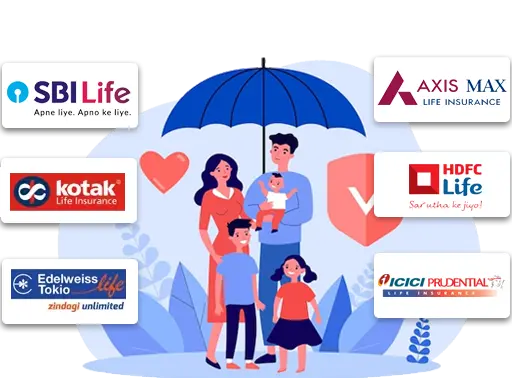

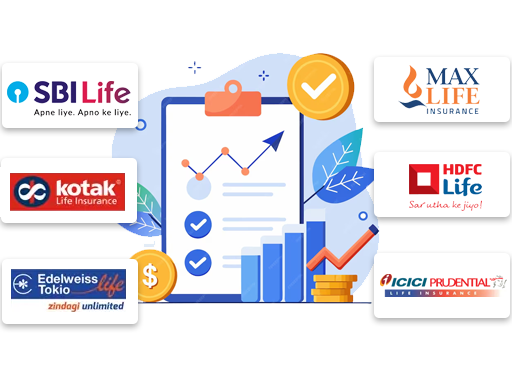


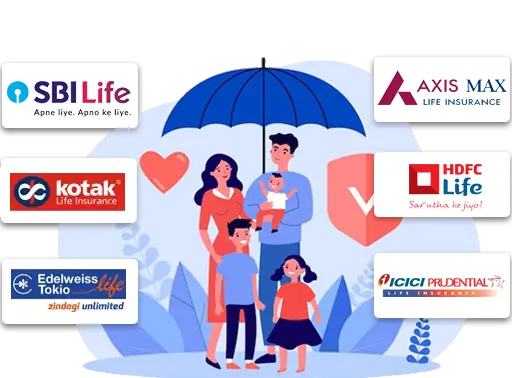
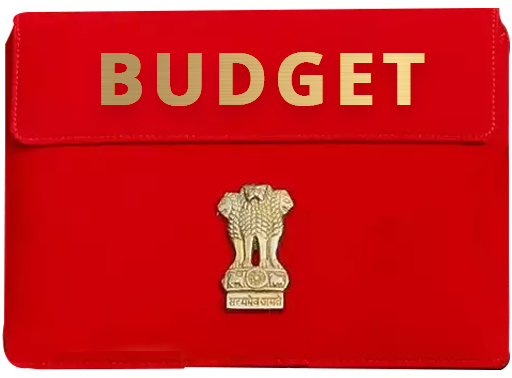
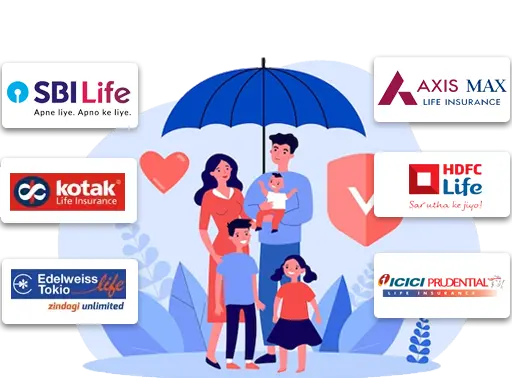






Do you have any thoughts you’d like to share?